Fun facts about our feathered friends! Birds are my special interest. Come join me in learning about birds!
Don't wanna be here? Send us removal request.
Text
Hello everyone! As you’ve likely noticed I have not posted in a while. This is due to a combination of mental health and keys on my keyboard breaking (making me unable to format posts correctly - I am poor and getting a new keyboard or pc is a little bit of a challenge haha) - however I’ve realised I have a, albeit slightly inconvenient, solution for the second issue, so I will be able to begin posting again!
I’m unsure if posts will be consistently daily, however I will work on building up a queue so I can once again bring you fun bird facts!!
Thank you for your support and happy birding!
-BOTD 🦅
50 notes
·
View notes
Note
Have you seen muscovy ducks before? They live in my area and they're so silley
I have seen captive ones! They're indeed very silley, I love their wacky red faces. All ducks are certified Silly Guys(tm).
P.S. I am sorry for the inconsistency of this blog. I get back into the groove for a bit, then my brain decides it's done again. I apologise.
26 notes
·
View notes
Text
BOTD: Japanese Robin

^Image credit: Alnus
Japanese Robin (Larvivora akahige)
The Japanese Robin is an abundant species of robin in Japan. Its scientific name means "caterpillar eater", referencing its diet of invertebrates, beetles, milled worms, crickets and other small insects, but also fruits. They are considered omnivorous.
#japanese robin#robin#larvivora akahige#birds of japan#birdwatching#bird of the day#birding#birds#tropical birds#bird#birb#bird fact#bird facts#ornithology
422 notes
·
View notes
Text
BOTD: Long-Tailed Tit

^Image credit: Francis C. Franklin
Long-Tailed Tit (Aegithalos caudatus)
Despite their name, Long-Tailed Tits aren't actually true Tit birds, rather belonging to a similar genus Aegithalos, the Bushtits. Their nest are elaborately constructed with spider's webs, lichen, feathers, and moss, with over 6000 pieces used for a typical nest. In cold weather, they tend to huddle together for warmth.
#long tailed tit#long-tailed tit#aegithalos caudatus#birdwatching#british birds#birds of the world#bird behaviour#bird nesting#birds#bird#bird facts#birds of the uk and ireland#bird of the day#ornithology
138 notes
·
View notes
Text
BOTD: Blue-Billed Duck
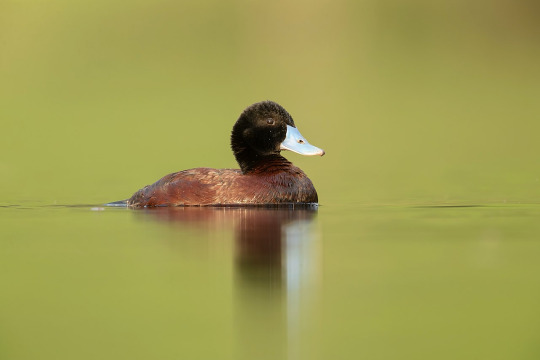
^Image credit: JJ Harrison
Blue-Billed Duck (Oxyura australis)
The Blue-Billed Duck is endemic to Australia, preferring to live in both natural and artificial wetlands. They are almost entirely aquatic, having difficulty walking. They are omnivorous, eating invertebrates as well as the fruit, seeds, and buds of aquatic plants.
#blue-billed duck#ducks and geese#oxyura australis#blue billed duck#ducks#waterfowl#birds of australia#australian wildlife#endemic birds#birdwatching#birds#bird#bird of the day#bird fact of the day#bird facts#birb#water birds
102 notes
·
View notes
Text
BOTD: Lesser Scaup

^Image credit: Basar
Lesser Scaup (Aythya affinis)
The Lesser Scaup (adult female pictured) is extremely visually similar to the Greater Scaup, which it forms a superspecies with. Despite having the largest population of any diving duck species in North America their population has been declining steadily since the mid-1980's, with indications that their breeding success is decreasing, though exactly why remains uncertain.
#lesser scaup#scaup#aythya affinis#birds of north america#birds of america#birds of central america#diving ducks#ducks#duck#water birds#bird endangerment tw#bird facts#bird fact#ornithology#birding#birdwatching#bird#birds#birdwatch
75 notes
·
View notes
Text
BOTD: Crested Auklet

^Image credit: F. Deines
Crested Auklet (Aethia cristatella)
Crested Auklets have a range of remarkable traits used for mating. These include their crests, loud 'trumpet' calls, and a distinct scent like that of citrus fruit. Crested Auklets with larger crests are more likely to obtain mates.
#crested auklet#aethia cristatella#auklet#bird of the day#bird facts#birding#bird#weird and wonderful#birds of the pacific ocean#ornithology#birds#bird fact#bird behaviour#bird breeding#birdoftheday#bird-of-the-day
151 notes
·
View notes
Text

^Image credit: Lip Kee
Rüppell's vulture (Gyps rueppelli)
Rüppell's Vulture, also known as Rüppell's Griffon Vulture (not to be confused with the Griffon Vulture) is considered the world's highest-flying bird, with confirmed evidence of flying at 11,300 meters (37,000 feet) above sea level. They are mainly native to Africa, particularly East Africa and the Sahel region.
#gyps ruepelli#rüppell's vulture#rüppell's griffon vulture#vultures#vulture#birds of africa#birdwatching#bird record holders#bird flight#birding#birds#bird#bird facts#bird fact#bird behaviour#ornithology#bird of the day#birdoftheday#birdblr#ornithologist#birb#birbs#i love birds#special interest
139 notes
·
View notes
Text
BOTD: White-Necked Jacobin
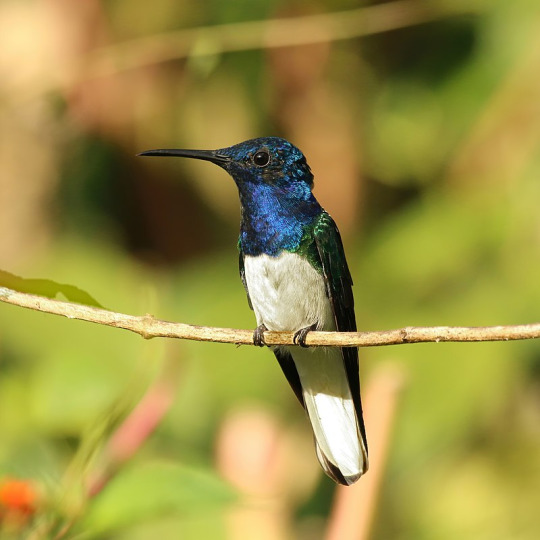
^Image credit: Charles J. Sharp
White-Necked Jacobin (Florisuga mellivora)
The White-Necked Jacobin was first described in 1743 by the English naturalist George Edwards in A Natural History Of Uncommon Birds. He used the name 'white-belly'd huming bird'. It is typically seen high in trees, but flies lower at forest edges and clearings.
#white-necked jacobin#white necked jacobin#jacobin#hummingbirds#hummingbird#florisuga mellivora#birds of mexico#birds of central america#birds of brazil#birds of peru#birds of bolivia#tropical birds#bird taxonomy#birding#bird facts#bird fact#bird#birds#bird of the day#ornithology
85 notes
·
View notes
Text
BOTD: Antarctic Shag

^Image credit: Liam Quinn
Antarctic Shag (Leucocarbo bransfieldensis)
The Antarctic Shag is the only species of the cormorant family found in the Antarctic. On average, they dive 25 meters (82 feet) to feed on fish, but their maximum dive depth is around 60 meters (196 feet). They are unique in the cormorant family in that they don't need to spread their wings and dry off their feathers after becoming wet.
#birds of antarctica#birds of the antarctic#antarctica#leucocarbo bransfieldensis#antarctic shag#cormorant#bird facts#birding#birds#tropical birds#birdwatching#bird#ornithology#bird of the day#birdlovers
140 notes
·
View notes
Text
BOTD: Bermuda Petrel
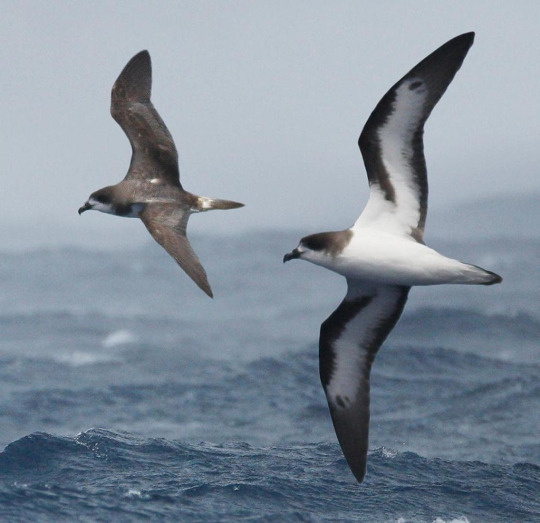
^Image credit: Richard Crossley
Bermuda Petrel (Pterodroma cahow)
As of making this post, the Bermuda Petrel is the second rarest seabird on the planet. Also known in Bermuda as the Cahow, it was believed to be extinct for 300 years until eighteen nesting pairs were found in 1951. Female Bermuda Petrels lay only one egg per breeding season, with 40-50% of these eggs failing to hatch.
#birds of bermuda#bermuda petrel#bird of the day#pterodroma cahow#rare birds#bird extinction tw#seabirds#sea birds#seabird#petrels#remarkable recoveries#birds#birding#birdwatching#water birds#bird#bird watching#bird photography#bird facts#ornithology#cahow
99 notes
·
View notes
Text
BOTD: Common Ground Dove

^Image credit: MarshBunny
Common Ground Dove (Columbina passerina)
The Common Ground Dove typically forages on the ground, feeding on vegetation, seeds, and fruits. They often eat whilst still moving and searching for other food items. There are 17 recognised subspecies of the Common Ground Dove.
#common ground dove#ground dove#pigeons and doves#doves#dove#columbina passerina#birdwatching#birding#bird#birds#bird facts#birds of america#bird of the day#ornithology
193 notes
·
View notes
Text
BOTD: Black-Crowned Night Heron
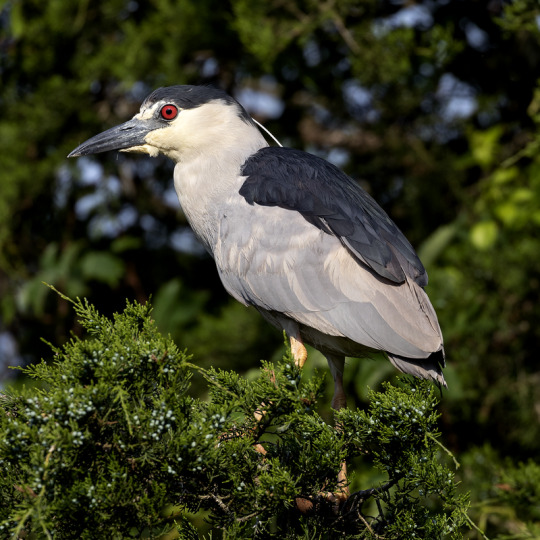
^Image credit: Chuck Homler
Black-Crowned Night Heron (Nycticorax nycticorax)
Black-Crowned Night Herons, as their name suggests, are mainly nocturnal, feeding at night or in the early morning. When hunting, they stand still at the water's edge, waiting to ambush prey, which includes a wide variety of aquatic and non-aquatic creatures. They are one of several heron species to have been observed engaging in 'fish baiting', tossing objects into the water to distract fish and striking when they get close.
#bird of the day#black crowned night heron#black-crowned night heron#black crowned night-heron#black-crowned night-heron#gotta get all those spellings in for maximum taggage#herons#heron#birds#birding#bird facts#birdwatching#bird fact#botd#bird#bird lovers#bird tumblr#birds on tumblr#ornithology
129 notes
·
View notes
Text
BOTD: Peregrine Falcon

^Image credit: Ambquinn
Peregrine Falcon (Falco peregrinus)
The Peregrine Falcon is famous for being the fastest animal on the planet, reaching up to 200 mph (320 km/h) during their steep hunting dives. The highest measured diving speed recorded by a Peregrine Falcon is 242 mph (389 km/h). They typically nest on cliff edges, but will also nest on tall buildings in some of its range.
#bird of the day#birdwatching#peregrine falcon#peregrine#birds of prey#bird of prey#falcon#bird record holders#fastest bird in the world#fastest#birds of the uk#birds of the uk and ireland#falco peregrinus#raptors#birding#birds#bird
139 notes
·
View notes
Text
BOTD: California Quail
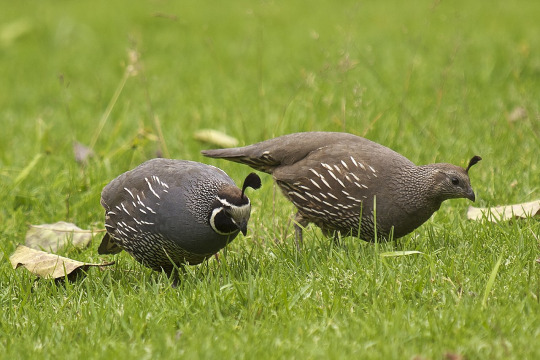
^Image credit: Jörg Hempel
California Quail (Callipepla californica)
As its name suggests, the California Quail is the state bird of California, a title which was selected in 1931. They are highly sociable birds, gathering in small flocks known as 'coveys'. They commonly engage in communal dust bathing, wriggling and flapping about in small indentations in soft ground that they create with their bellies.
#bird of the day#birds of america#birds of north america#birds of california#california quail#california quails#quails#quail#cute birds#cute bird#cute animals#birds#birdwatching#birding#bird facts#bird#ca-li-for-nia quails they're unforgettable~#eat-ing seeds and beeping a lot~
173 notes
·
View notes
Text
BOTD: Ural Owl

^Image credit: Jyrki Salmi
Ural Owl (Strix uralensis)
The Ural Owl was given its scientific and common names by Peter Simon Pallas in 1771, due to the type specimen having been collected in the Ural Mountains of Russia. It is referred to in various languages by various names, some of which translate to "attacking owl", "long tailed owl", and "goshawk-owl". They are thought to be closely related to Tawny Owls.
#bird of the day#ural owl#birds of europe#birds of russia#birdwatching#birding#owls#owl#ural owls#strix uralensis#birds of prey#bird of prey#bird facts#ornithology#bird behaviour#bird names#bird taxonomy#birds#bird
100 notes
·
View notes
Text
BOTD: Red-Breasted Goose
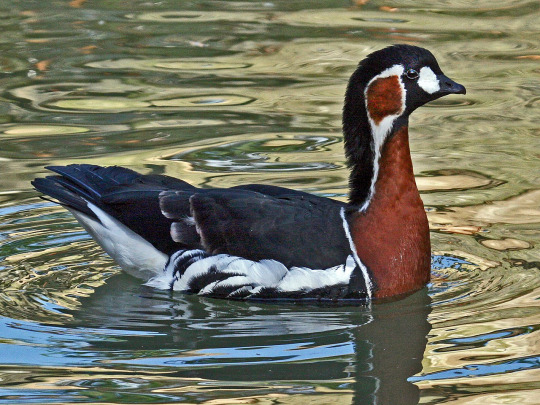
^Image credit: Dick Daniels
Red-Breasted Goose (Branta ruficollis)
Classified as vulnerable by the IUCN, the Red-Breasted Goose gets its scientific name from a Latinised form of Old Norse Brandgás "burnt goose" and Latin rufus "red" and collis "necked". They often nest close to the nests of birds of prey, such as Snowy Owls and Rough-Legged Buzzards, which helps to protect it from mammalians that may predate it such as the Arctic Fox. The closer it is to the bird of prey's nest, the safer it is from being predated, and they rely on these birds for defense.
#red-breasted goose#red breasted goose#goose#geese#water birds#branta ruficollis#bird facts#bird fact#birding#ornithology#bird lovers#bird#birds#bird of the day#daily facts#daily animal facts#daily bird facts
65 notes
·
View notes